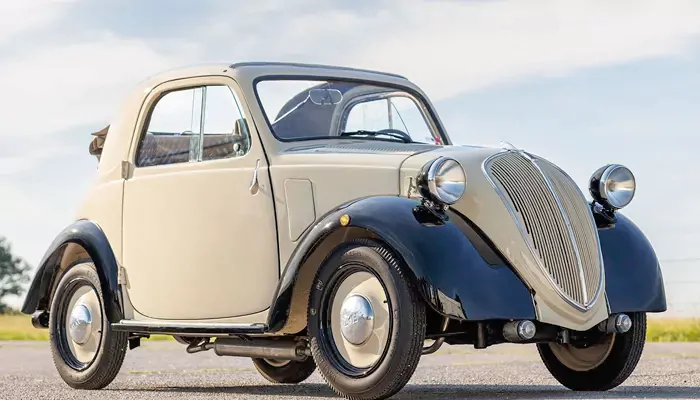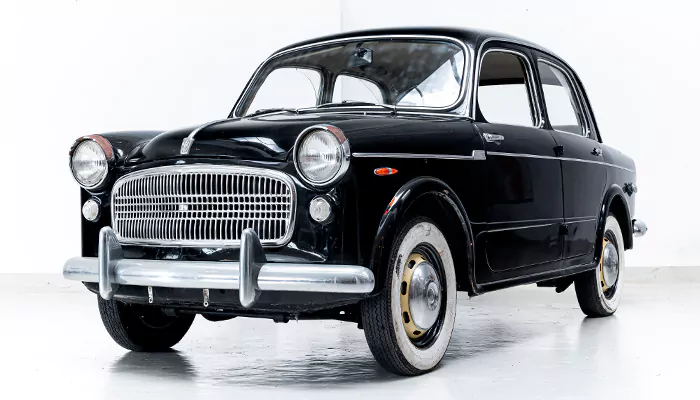
This was a car that started its journey in Italy, and with it, the majority of Indians started their journey in cars.
When India gained its independence from British colonisation in 1947, it had to learn how to govern a nation properly. From drafting and implementing the constitution to setting up various institutions, the country had too much up its sleeves.
The government was quick to realise that to become a powerful nation, the country’s transport system and mobility also needed to be strengthened. Therefore, despite gaining freedom with a plummeted economy, it allowed several Indian automakers to get exclusive licenses from foreign automakers and assemble their cars in India.

That’s how the Civilian Jeep by Mahindra & Mohammad reached India; that’s how the Ambassador and even the Royal Enfield reached the Indian shores. And while the inception of the mentioned vehicles is covered too often, one Indian car doesn’t get enough attention even after picking up a colloquial name from us.
India wasn’t the only country recovering from the scars of colonisation. On the other hand, several other countries were dealing with the aftereffects of WWII, even after a decade had passed since it ended.
Fiat had already tasted success with its Topolino and 508c, but now, the task was to build a true people’s car that could carry at least four people and their luggage through poor roads while returning a decent mileage.

The year was 1953, and at the Geneva Motor Show, the Fiat 1100-03, popularly known as the Elegant, made its debut. Surprisingly, this car reached the Indian shows in 1954.
The first batch of Fiat was directly imported and assembled in Premier’s factory in Kurla, Mumbai. The car promised everything that its first print advertisement boasted of: ‘The new 1100 is not just a car with a history; it is a car with a future.’

Back in the day, the Elegant featured accessories such as a heater and radio, which were considered modern for a car in the 1950s. Powered by a 1089cc four-cylinder engine, the car made 36 hp of power and quickly became the apple of an eye for Indian families, especially the Parsi community.
Back in the 1950s, only a few cities and their residents had the financial power to afford cars. Therefore, it is no shocker that Fiats running on the streets of Mumbai became a common sight. This is where the Fiat Elegant earned its colloquial name, ‘Dukkar’, which means pig in Marathi.

The Elegant, because of its centrally positioned single headlight on the grille and rounded hood and rear bonnet, made it look like a pig. The car had no sharp edges, and therefore, it acquired this name.
Seventy-one years later, the car is still used by some families who’ve not let go of Elegant because of its reliable engine. The car has been like a hand-me-down robe, passed from generation to generation, especially among the Parsi community in Mumbai, known as true motorheads.
The next time you spot a Fiat Elegant, remember its role in making India move at a time when nobody imagined India’s automobile industry to be strong enough to produce or assemble cars. Also, when you spot one, call it a ‘Dukkar’, not an Elegant, because it simply doesn’t like it.